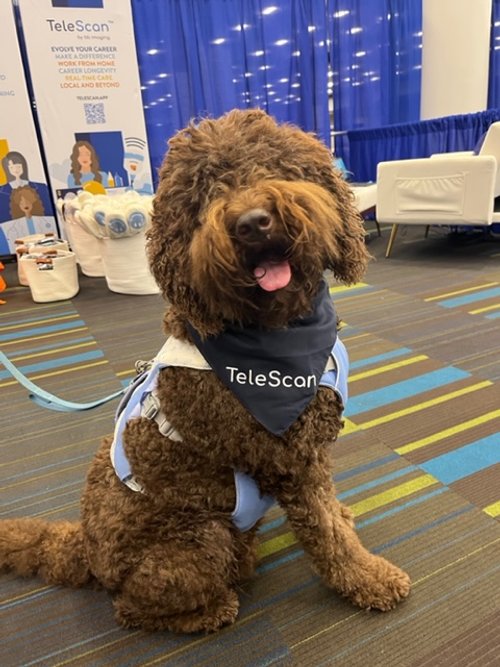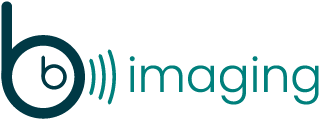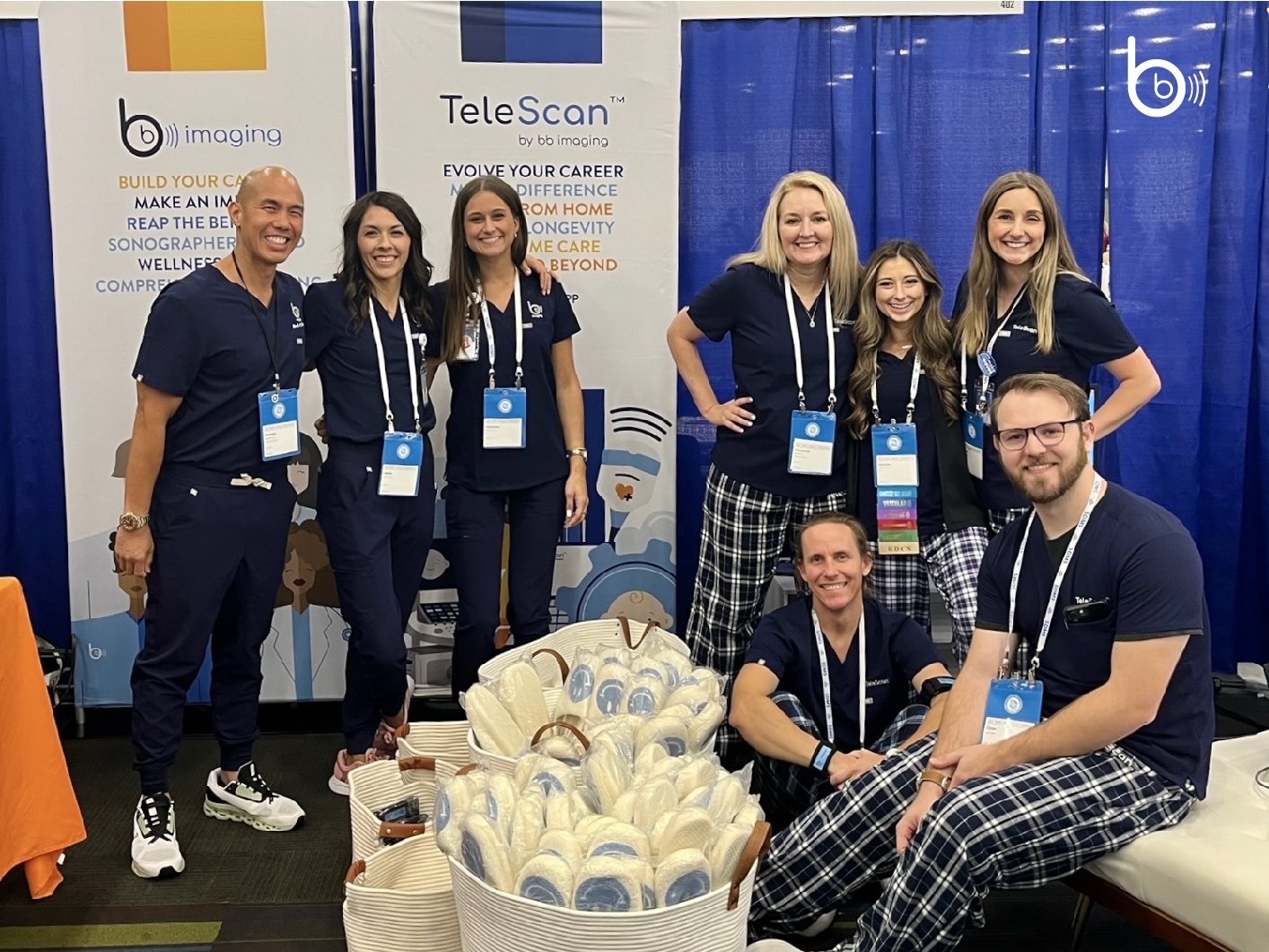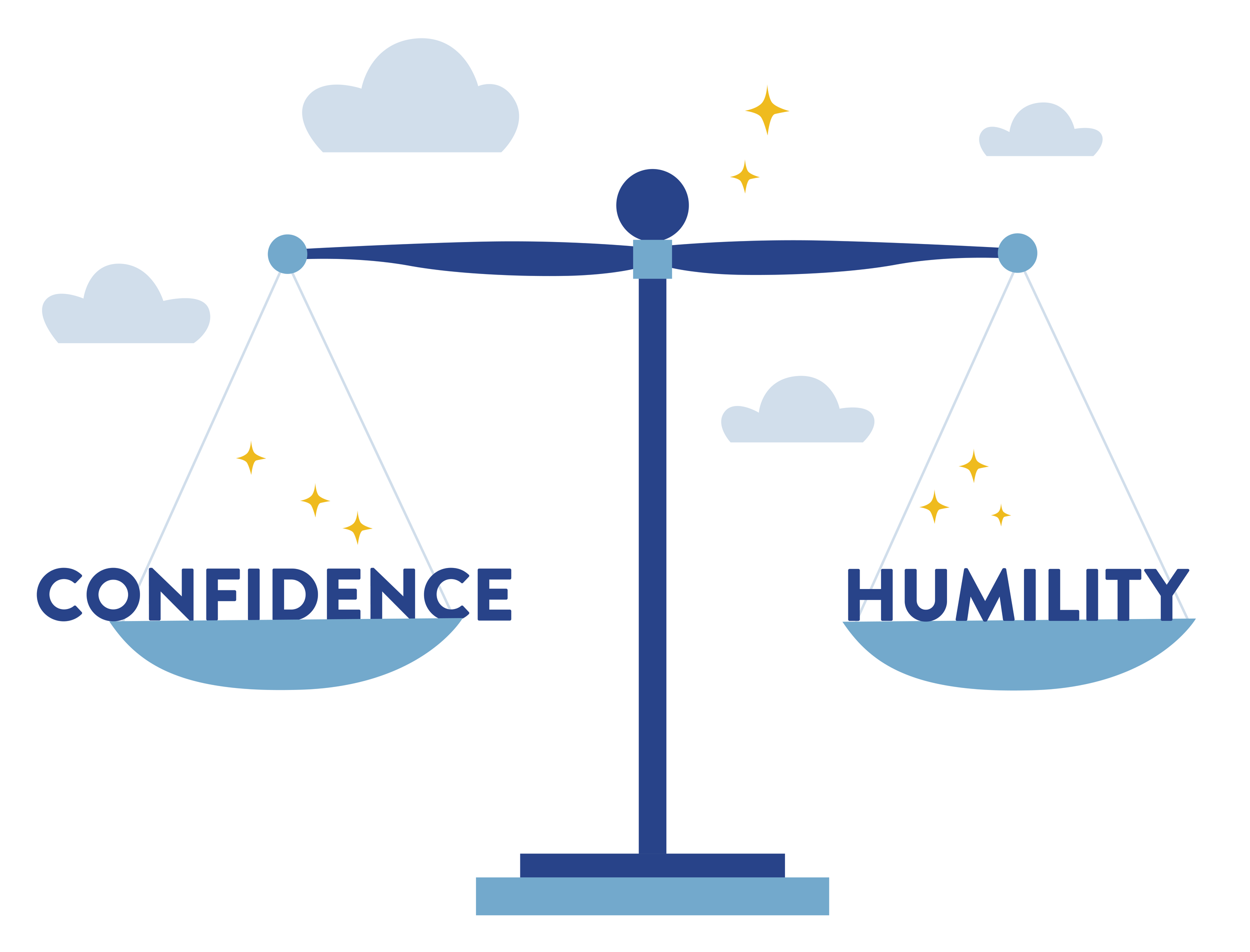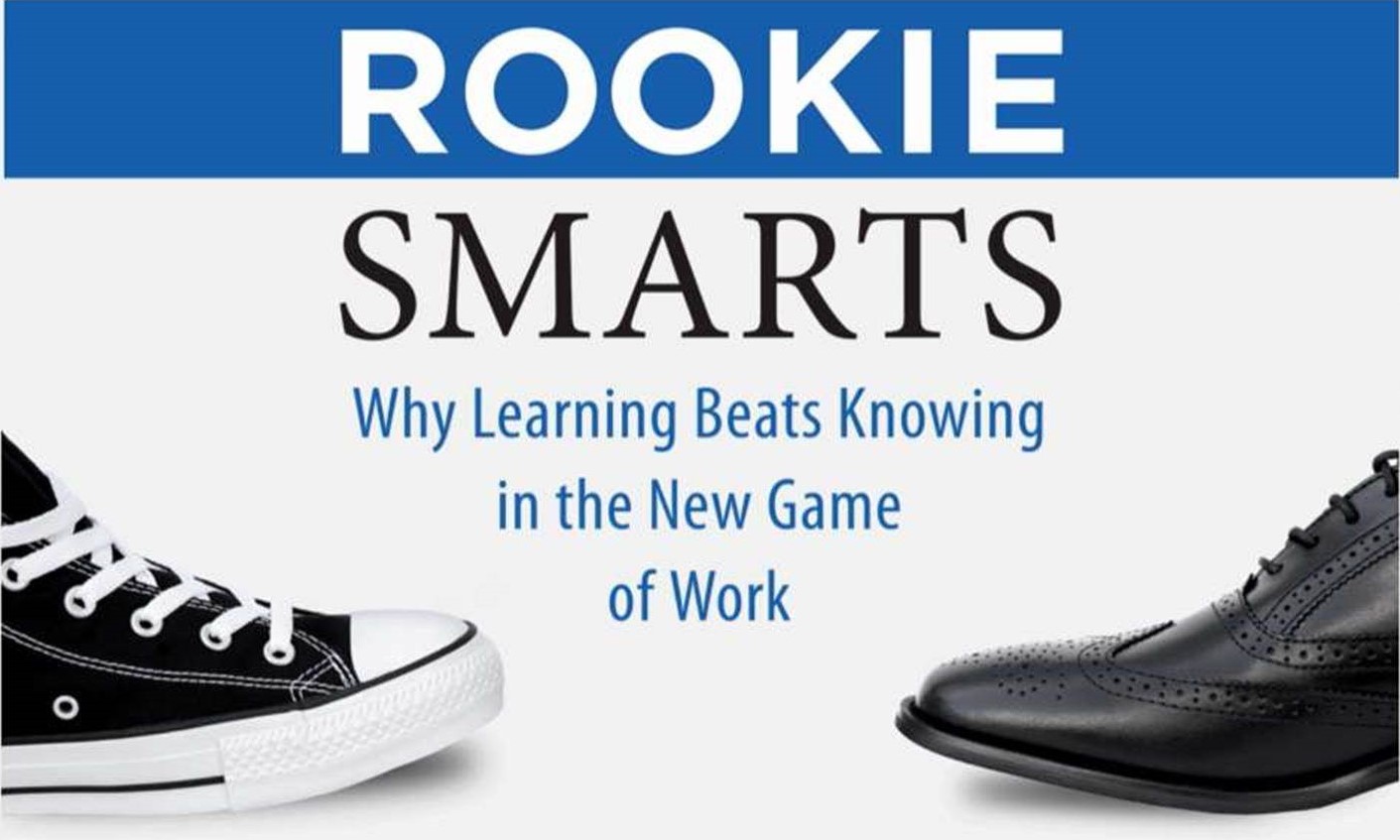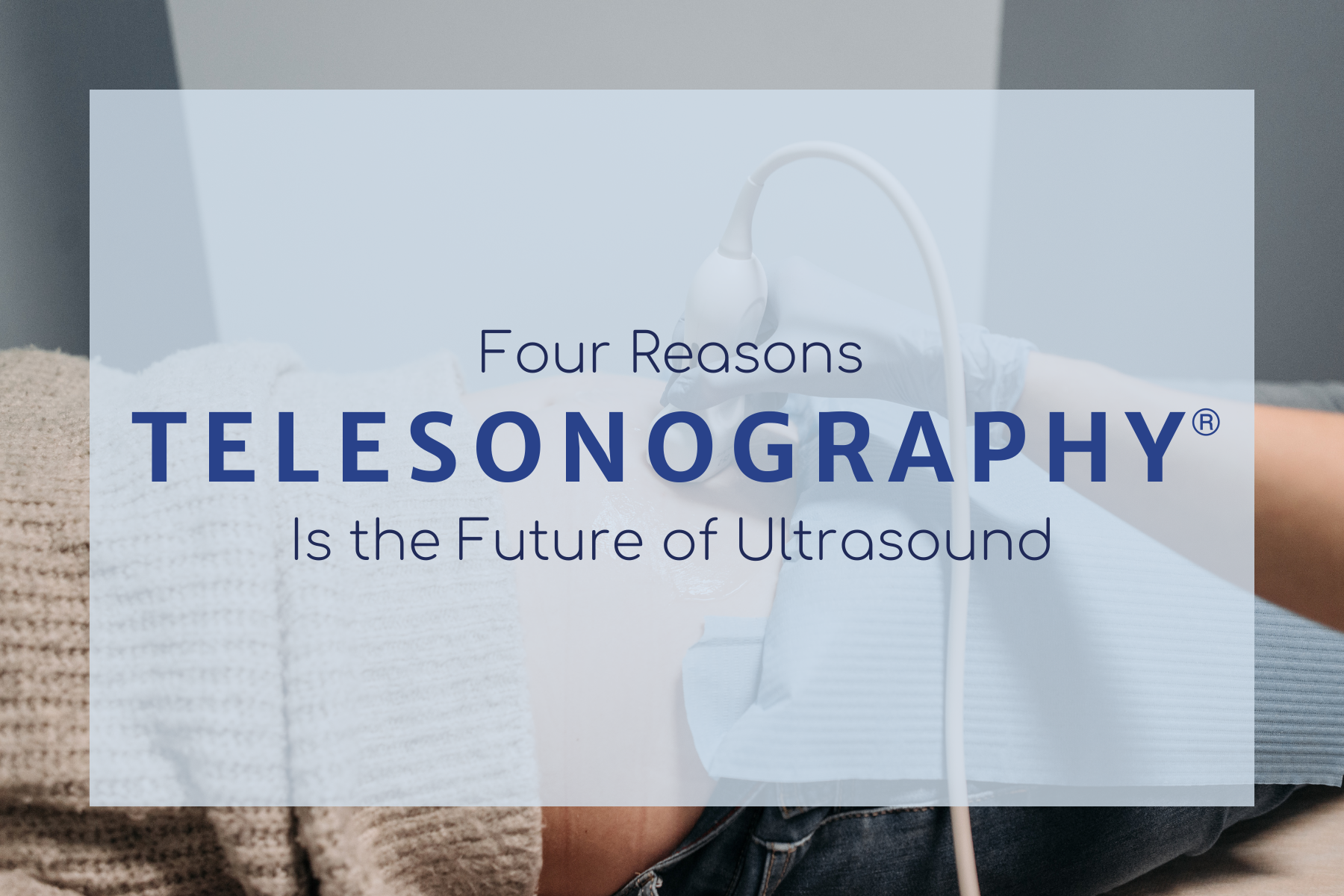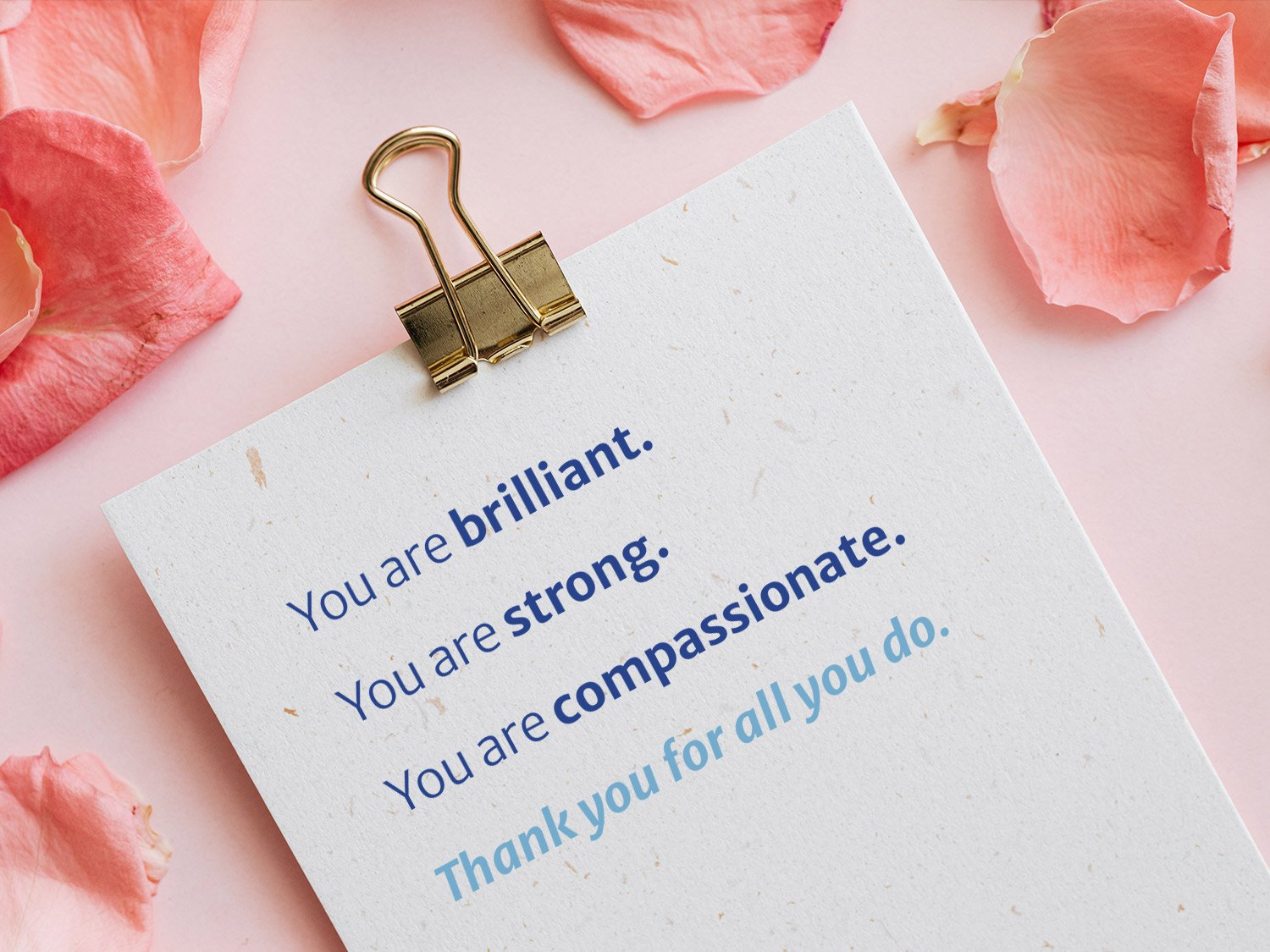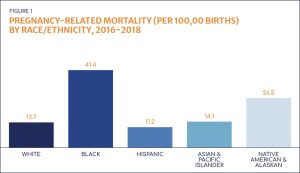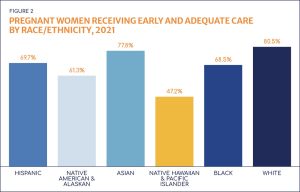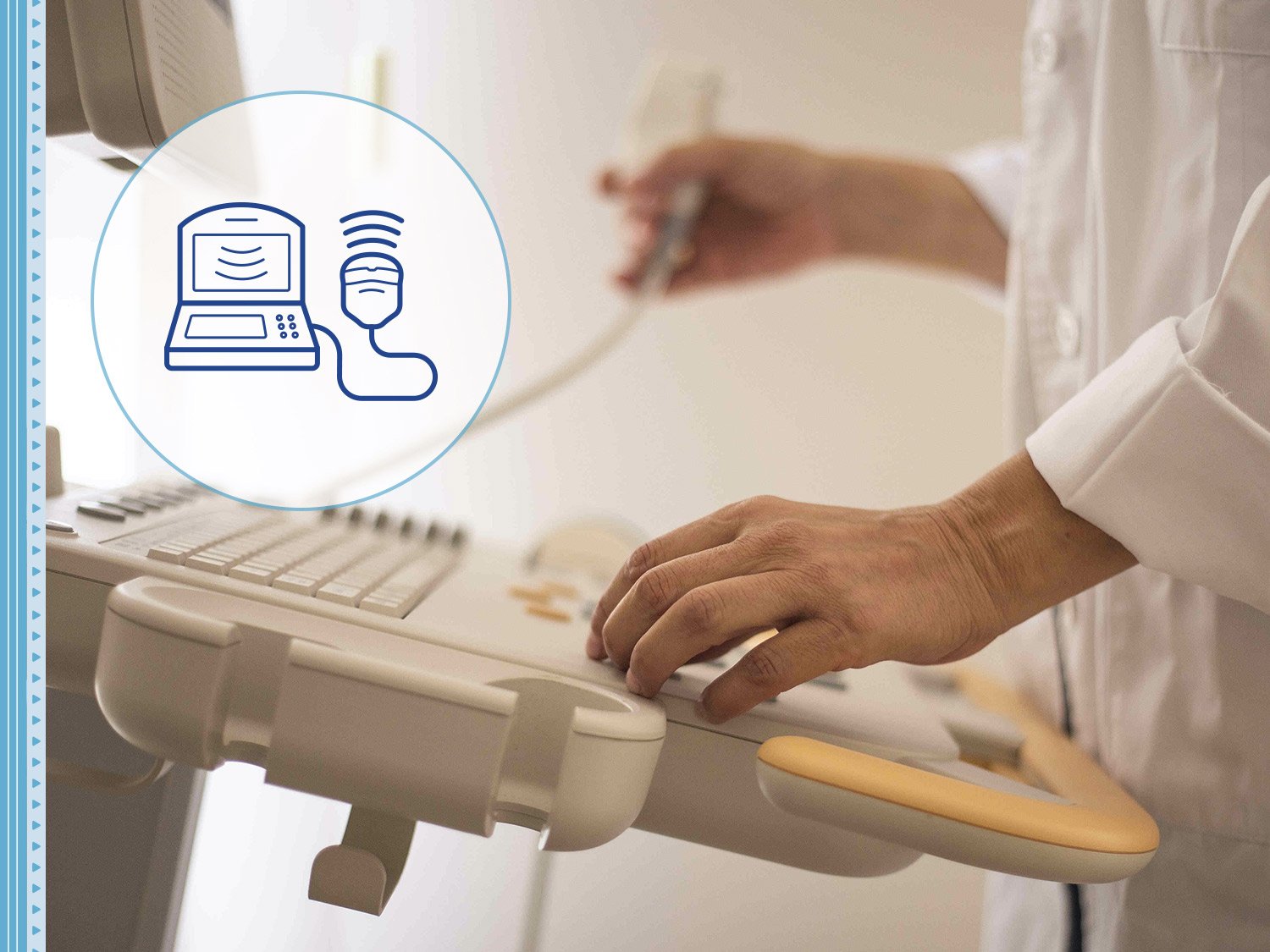This year’s annual conference, hosted by the Society of Diagnostic Medical Sonography (SDMS), was a special one for BB Imaging. We confirmed our suspicion that everyone loves a comfy pair of slippers. We brought a dog to the conference for the first time in SDMS history. AND this conference marked our first big unveiling of TeleScan™ and what the future of sonography is going to look like.
It was a great weekend, and we gained a lot of insights from attendees. We’d like to share our three biggest takeaways with you:
1. Telesonography® is a Hot Topic
The house slipper giveaways drew lots of people to our booth, but the conversations about telesonography® and work-from-home opportunities are what kept them there. We were impressed all over again by how passionate sonographers are about what they do and how much they care about the patients they serve. Our new model of care was met (understandably) with mixed reactions. Since not all of us could attend in person, let’s talk about those reactions and our responses:
-
Excitement
Some sonographers we talked to responded with immediate excitement and enthusiasm. We noticed that many of these sonographers were younger or newer to the field, and they were the most likely to want to hear more about what being a telesonographer® will be like.
Katherine Yancey, a recruiter at BB Imaging, said, “Telescan™ is innovative and groundbreaking for this industry, and people are interested in learning more. Over the weekend we received 400+ applications for more information regarding the telesonographer® position that will be launching in 2023.”
-
Curiosity and Skepticism
Many sonographers just need more information to see all the potential upsides to telesonography®. The greatest concerns we heard were about image quality and its impact on patient care.
We share those concerns, and that’s why our model of care still employs credentialed sonographers to complete diagnostics. This is how it works in a nutshell: local healthcare workers will complete sweeps with the guidance of TeleScan™ software. That data will go to a cloud platform (it’s HIPPA-compliant, super secure, and FDA-cleared), where expert sonographers will capture and annotate the best images and create reports for the physician.
Bedside sonographers might be ideal, but there are so many places in our country where ideal standards are not being met. We have to figure out a way to bring quality care to the underserved, and the partnering of expert sonographers with local practitioners is our answer. Telesonographers® will still need to bring their unique skillset and knowledge base to work every day.
We think Shyanne Foster, a BB Imaging charge sonographer, said it best: “Our biggest win was being able to educate and clearly explain our mission to sonographers who were skeptical and had many great questions about Telescan™. I believe we can all get on board with wanting to decrease the maternal and fetal mortality rate in America.”
-
Dread and Anger
Let’s start by saying that dread is a valid response to something new, and anger is a valid response when we care deeply about what is being changed. We send a sincere “thank you” to everyone questioning our motives, our dedication to quality care, and our compassion for the underserved. Give us a chance to respond to some of the greatest concerns we heard.
“Guiding medical professionals who are not trained in sonography sounds suspicious.” If this is your fear, we hope you’ll take the time to become more acquainted with our model of care, which is designed to make the best use of sonographer expertise and to keep it in the field for a longer amount of time. New technology will always raise eyebrows, but what we find even more “sus” is allowing patients to remain underserved, turning a blind eye to sonographer injuries, and maintaining a system that is not currently designed to care for everyone.
“This sounds like another big corporation just trying to make money.” Goodness, we’ve seen a lot of companies like that, haven’t we? It’s sad how often this occurs—taking advantage of an underserved population to make a quick buck. We want to assure you, though, that we are not that company. One of our cofounders is a sonographer, and the other started her career with a non-profit domestic violence agency. We are built differently, and we are dedicated to solving the maternal mortality crisis. We’ve been around for more than 17 years, and telesonography® is just the next piece we’re building to make positive maternal outcomes a reality for everyone.
“It sounds like you don’t care about best practices.” We can see how easy it would be to think this when you don’t have a full understanding of our model. Beyond encouraging you to review the material we have available online, we want to assure you that we didn’t build TeleScan™ in a vacuum. We had 50 sonographers work with our system, test it, and help us achieve FDA clearance. That means our product doesn’t meet minimum standards—it meets the standards of in-the-field sonographers. Because of their feedback, we are confident that we have a product that empowers sonographers to do their best work.
Overall, this weekend showed us that sonographers are ready and willing to continue this conversation. That has us thinking about more ways to gather that feedback and get sonographers even more engaged with what we’re building. Stay tuned for more opportunities to make your voice heard.
We know we didn’t have the chance to talk with everyone, so if you still have questions about telesonography®, start by checking out the TeleScan website. If you are interested in learning more about a telesonographer® role with BB Imaging, we’d love to receive your application and continue the conversation.
2. We Made More Than 700 New Friends!
More than 700 new folks joined our community over the weekend. Whether we got to talk to you in our booths or shook virtual hands over social media, we say, “Thank You!” and “Welcome!”
If you’re new around here, here’s a quick run-down of what you can expect:
-
Our newsletter, The Wave, hits your inbox once every month. We share in-depth blogs to help you grow your knowledge base and spotlights to help grow your network. It’s also the best way to stay up-to-date on job opportunities and catch the newest webinars.
-
Speaking of which… we publish FREE, CME-earning webinars several times throughout the year. Our webinars are by sonographers, for sonographers, so get ready for deep discussions and lots of real-world images and examples. We’ve recently switched to an on-demand viewing model, so current topics are available for a year after publication. Be sure to check them out before their time expires!
-
We are very active on social media, where we share knowledge material, post event information, and host contests and giveaways. Connect with us on Facebook, Instagram, and LinkedIn, and be sure to say hello!
-
We are always expanding, so keep an eye on our job opportunities. And if you know a physician or clinic who could use a little support, you can refer them here. We’d love to partner with more providers in your region.
3. Dogs Will Always Be a Big Hit
We saw so many people from across the event—other exhibitors and SDMS staff included! They just had to come see the dog, and we get it! In fact, having a dog at the event was such a success that it inspired us to create a mascot for our brand. What do you think about naming her Tellie…?
